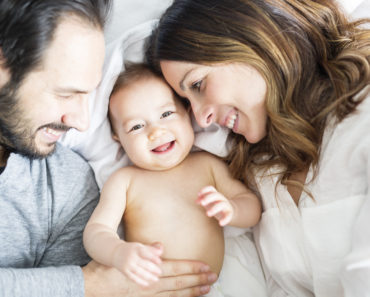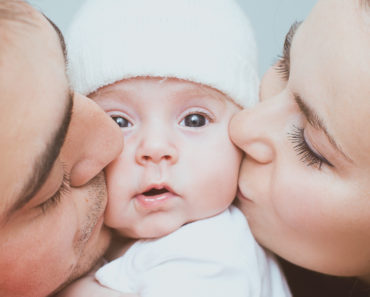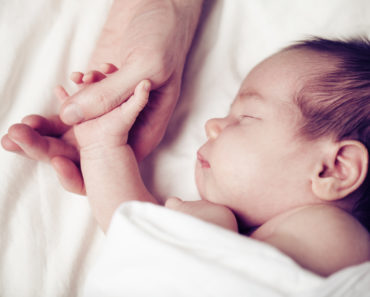When adopting, one of the first choices between an open or closed adoption. To make an informed decision let’s start with first defining the two. A closed adoption occurs when all identifying information is kept confidential from both the adoptive family and biological family (typically available to be opened after the adopted child turns 18). Open adoptions occur when the birth parents and adoptive parents have an established agreement that keeps the adopted child and biological parents connected. The agreements vary from family to family and the adoptive parents generally have the most say in this process, dictating how much and what kind of contact they will permit between biological family and their adopted child. Open adoptions tend to be most popular since it allows the biological family to still have a connection to the child. Here are some pros and cons for open adoption.
Pros:
There are more adoption opportunities through open adoption. Many expectant mothers, though unable to care for their children, still want to be a part of the child’s life. Open adoption gives them that option, and are much more willing to work with an adoptive family that will allow them that contact. When adopting through another organization such as Foster Care, open adoptions are strongly encouraged to alleviate some of the stress that the process can inflict on a child.
Another advantage of open adoption is a larger support network. Occasionally, adoptive children can feel inferior or unwanted. They fear abandonment especially knowing that they have been ‘given up’ once before. These feelings can lead to depression and anxiety. Open adoption alleviates that burden for some children since the biological parents are still involved and able to give that reassurance that the child had always been and will always be cared for.
Open adoption also allows for more access to information about the adoptive child. Everyone, at one point or another, has come across a trait or illness that seemed to come out of the blue only to discover that a relative had the same condition. Having an open adoption can make it easier to weather such storms since contact between the adoptive family and biological family is open. Biological family members can be great sources of knowledge when dealing with sudden or even chronic conditions that may suddenly appear in the adoptive child.
Cons:
In an open adoption, there is a possibility for the child to become less attached to the adoptive parents. Since the child knows that their adoptive parents aren’t their biological parents, they may use that knowledge to distance themselves from their families. The adoptive parents should be mindful of such things and speak to their children if they see a disconnect happening in their family.
Open adoptions can leave a child vulnerable if the biological family is unhealthy mentally or dangerous. The adoptive parents have the right to close an adoption and remove any unhealthy influences from their child’s life. Creating strong, solid boundaries with biological families is essential to maintaining a positive relationship and a healthy environment for the adopted child. Limiting interactions, or even cutting off and closing an adoption all together is always an option to keep the adopted child and adoptive family safe and healthy.
Whether closed or open, to adopt is a process that is as unique as the individuals involved. Open adoption is a great way to unite your forever family as well as maintain a connection with others who also care about the well being of the adoptive child. Discuss your expectations and desires extensively with the professionals that you are working with on your adoption journey to make the decision that is best for your unique family and situation.






